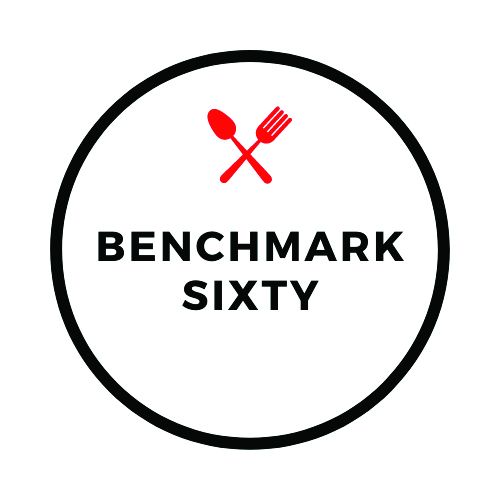Unveiling the Optimal Productivity Zone
By: BY JIM TAYLOR, FOUNDER & CEO, BENCHMARK SIXTY RESTAURANT SERVICES, PODCAST HOST, AND CANADIAN AMBASSADOR, THE BURNT CHEF PROJECT
A recipe to protect both profit and people in restaurants.
In the bustling world of restaurant business, where success hinges on a delicate balance of efficiency, customer satisfaction and staff well-being, we focus on a concept known as the Optimal Productivity Zone (OPZ).
At Benchmark Sixty Restaurant Services, we truly see this metric emerging as a silver bullet for the industry, as this elusive zone represents the perfect equilibrium where productivity and workload converge to ensure maximum output without sacrificing quality or team morale.
At the heart of the OPZ lies the seamless coordination of various factors, with efficient staff management serving as a cornerstone. By utilizing simple data analytics, restaurant operators can optimize shifts based on peak hours and customer traffic, protecting employee workload to reduce burnout and lower turnover, while maintaining productivity levels. This not only ensures a smoother and more consistent workflow but also fosters a positive work environment, leading to higher retention rates and ultimately, financial savings for the restaurant.
Investing in employee training and skills development is paramount to achieving the OPZ. Well-trained staff members exhibit increased confidence and competence in their roles, resulting in fewer errors and delays in service. Continuous training enables employees to adapt to evolving customer
demands and industry trends, thereby enhancing overall restaurant productivity and profitability. All this can be monitored, along with the progression of them. Simply put, just as a restaurant is a combination of hundreds of moving pieces, targets should never remain static.
The layout and design of the restaurant space also play a pivotal role in determining productivity levels. A well-organized layout minimizes congestion and streamlines workflow, leading to faster service and heightened customer satisfaction. Ergonomically designed kitchen spaces further enhance staff productivity by reducing fatigue and optimizing efficiency. Even within the same concept, with identical pricing and wage structures, no two restaurants will have the same OPZ as it is based on individual determining factors such as employee skill level, average guest spend, and of course—productivity levels.
However, achieving the “OPZ” requires more than just technological advancements or ergonomic designs. It demands a strategic approach that encompasses concept clarity, measurement and data compartmentalization. By understanding the unique characteristics of their business, measuring productivity levels and analyzing data insights, restaurant operators can pinpoint their OPZ and
implement targeted strategies to consistently operate within it.
The easiest way to begin measuring and identifying the OPZ is by calculating
“covers per labour hour” (CPLH). This metric offers invaluable insights into the efficiency of operations, unveiling areas of financial opportunity while indicating whether the team is being stretched too thin. Rather than solely focusing on financial figures, CPLH allows operators to assess how effectively their team accomplishes the business’s goals without undue strain. It serves as a tangible measure of productivity, offering a starting point for strategic decision-making and optimization efforts aimed at achieving the coveted OPZ. The pursuit of the Optimal Productivity Zone is essential for restaurant operators looking to thrive in today’s competitive landscape. By embracing a strategic approach and leveraging technology, training, and data-driven insights, restaurants can unlock their full potential and achieve lasting success in the industry.
About Jim Taylor
Over the last 20+ years, Jim has helped to fuel the growth of a leading national restaurant brand, as well as consulted with hundreds of other restaurants to navigate the ever-changing restaurant industry. As the Founder and CEO of Benchmark Sixty Restaurant Services, Jim has worked alongside small, medium and large restaurant companies in North America and the UK to help them understand how new concepts like compartmentalized business productivity and employee workload are both measured and leveraged to improve the hospitality industry. His encouragement for leaders to “see things differently” has been instrumental in the strategy and execution of several successful businesses and was recently named to Vancouver, British Columbia’s top 100
business innovators of 2022.
Everything comes back to people for Jim, and he believes that our industry needs to stick together to survive. Through his work with strategic partners, as well as a growing team of consultants, his goal is to make the restaurant industry a strongly desired place for people to continue to find both their first job and their dream job. Jim is confident that there is a new way forward for the industry and is on a mission to improve the career experience for the next generation of hospitality professionals. He believes that there are more simple ways to look at the business model and that by looking through a new lens, industry leaders will be able to more easily attract and retain people, while also making the financial side of the business less stressful.











